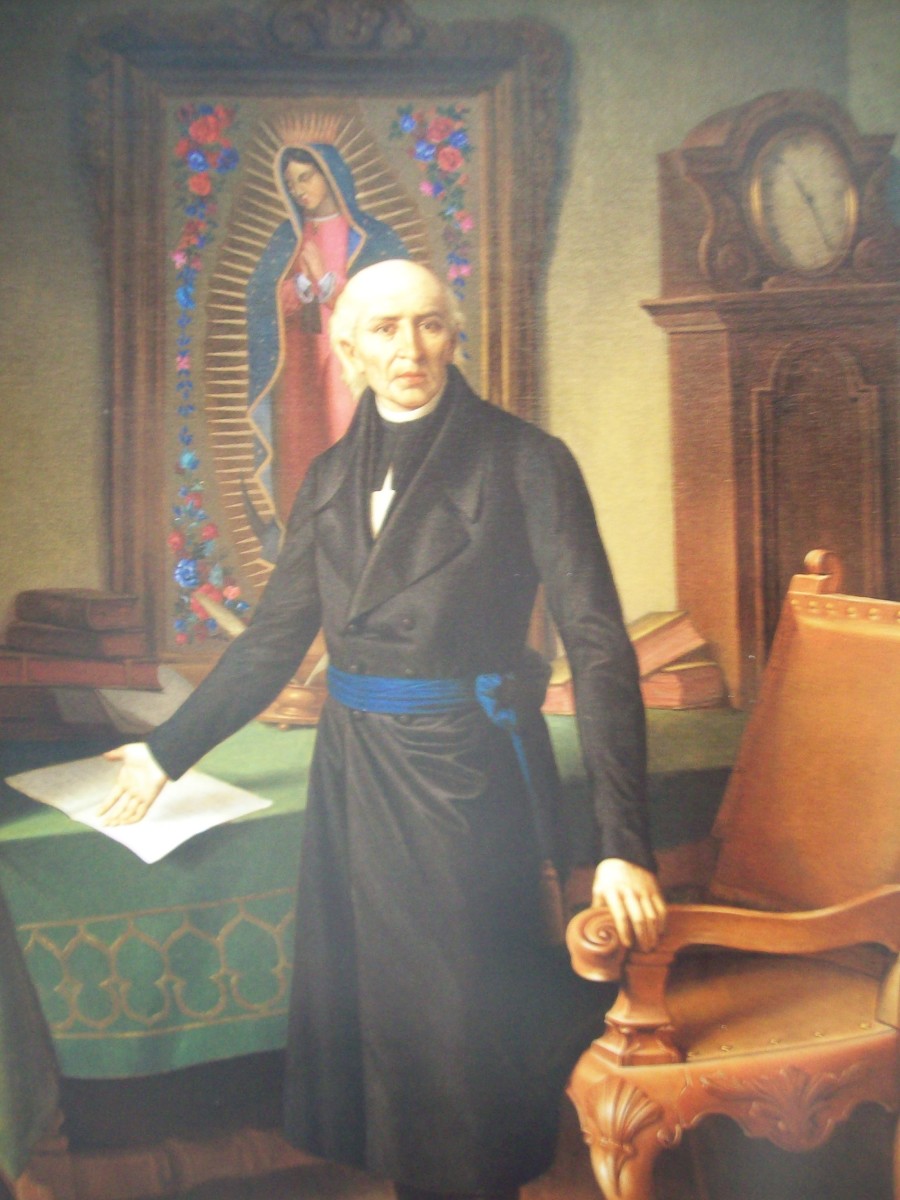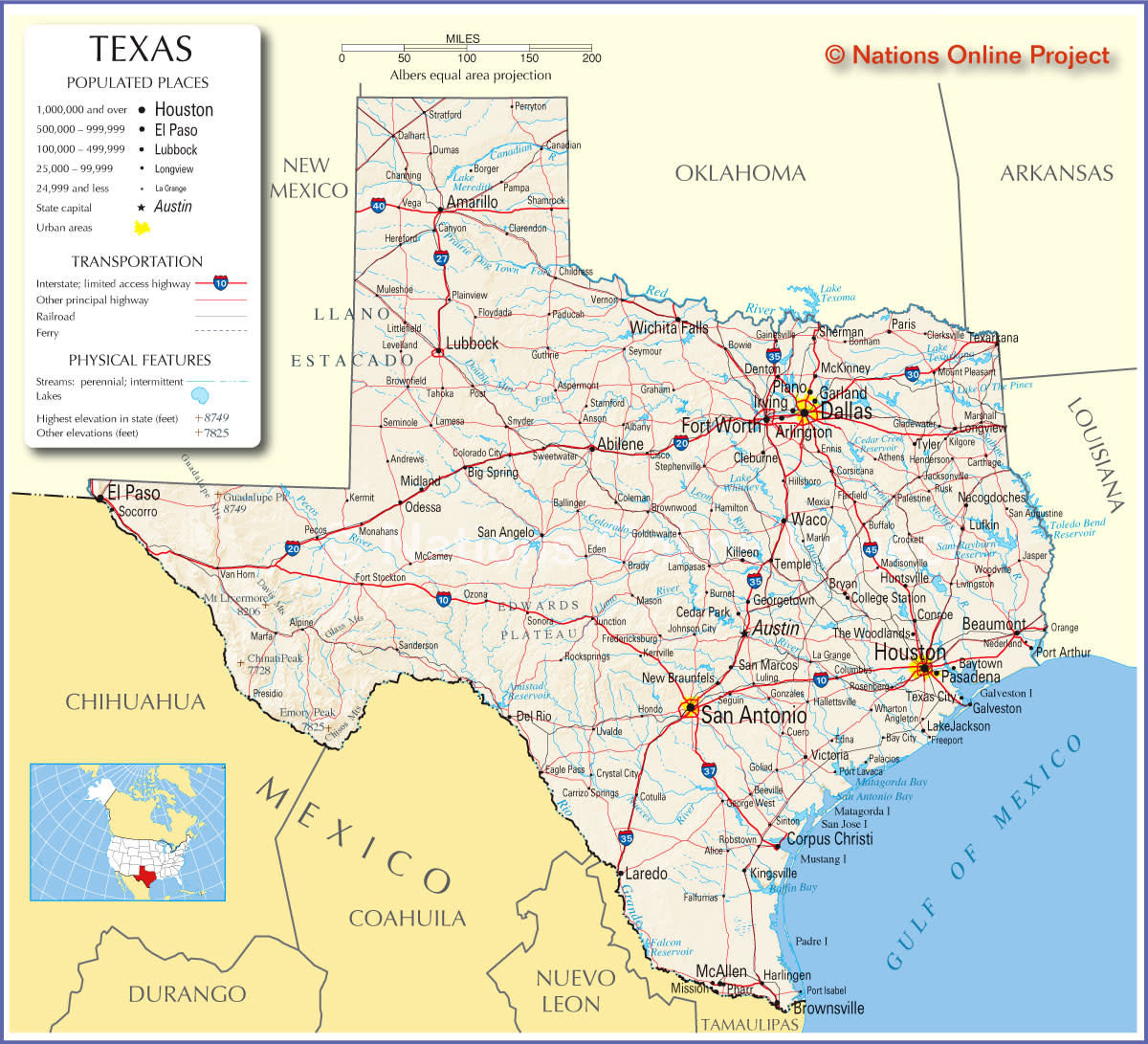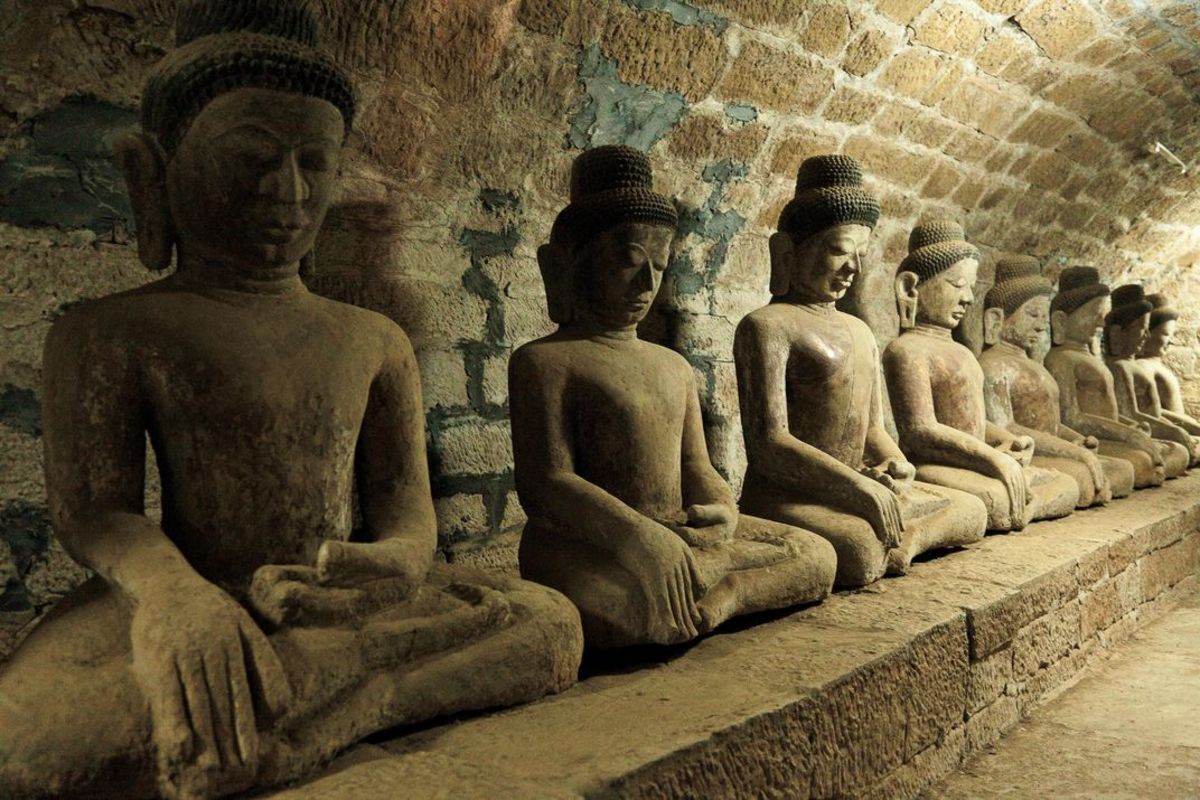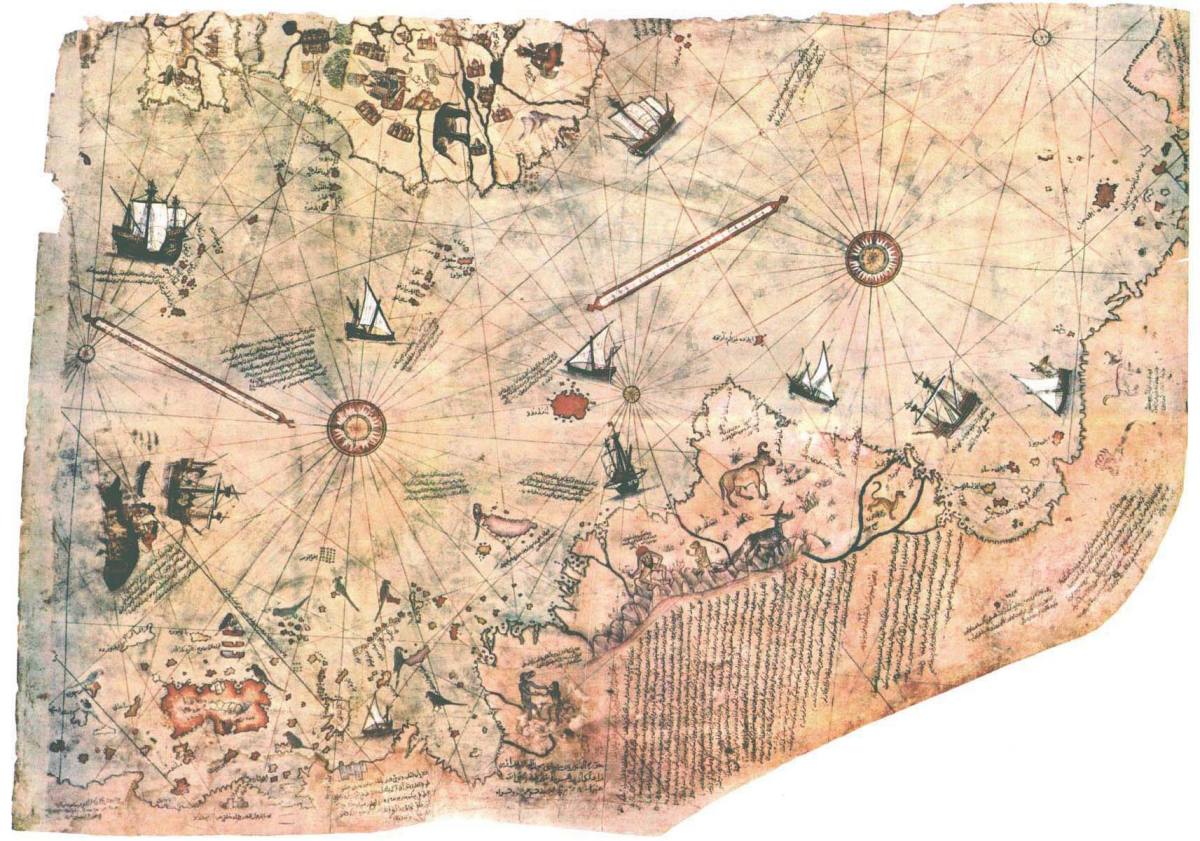Mexico- From Tribal Times to Independence
A Time Before Recorded History.
There is a growing school of thought that believes that America's were home to an advanced 'lost' civilization that disappeared at the time of a flood that many have equated with a flood of near biblical proportions. Much of this evidence is currently hard to prove and there is no clear scientific consensus on this theory to date. Much of the American continent could have easily supported an advanced and intelligent society. And given the number of cataclysmic events that our planet has experienced, this theory cannot be so readily dismissed.
What we do know, is that around 9,000 years ago, ancient native tribes peoples changed their farming practices which lead to the formation of many complex societies.
Between 1,800 and 300 BC, many American civilizations advanced into the early pre-Colonial civilizations such as the Olmec, the Mayan, the Zapotec, the Toltec and the Aztec civilizations.
Estimates for the population in the Meso-American region before the Spanish conquest range from 6 million up to 25 million. There are a few examples of their ancient buildings and some are still standing and a few are in a good state of repair. Those buildings have been awarded a world heritage status, that should protect them for the foreseeable future.
We know that these American societies had a great understanding of astronomy, mathematics and possessed advanced construction techniques.
Much of the building style is very similar to those that the Ancient Egyptians were using when constructing the pyramids. The majority of these civilizations practised human sacrifice, but at this point in history, many European religions followed a similar practice.
By the time of the Spanish arrival, the Aztecs were still practising Human sacrifice to appease their gods and strike fear into their enemies.
Ancient Temple of the Aztecs
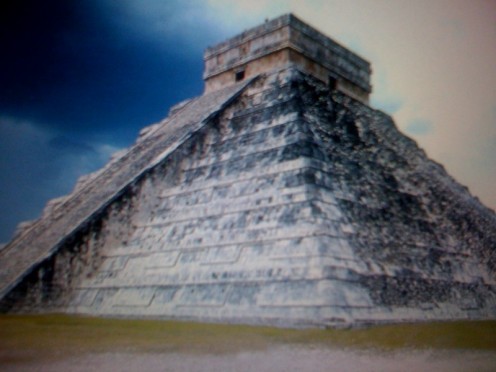
The Arrival of the Spanish Empire.
In the early 16th century, the landing of Hernán Cortés in modern-day Mexico signalled the end of the Aztec nation and civilization. The people of Central America had been left free of foreign influences for thousands of years. Any threats to their mighty empire were localized and the Aztecs had not faced a threat like the Spanish before.
The invasion and conquest of the mighty Aztec's Empire by the Spanish conquistadors ultimately led to a smallpox epidemic which has been claimed to have killed millions. The Spanish explorers soon killed large amounts of the Aztec's and the deaths of the leaders of the Aztec's soon saw the collapse of their vast empire.
The Emperor was the embodiment of the Sun and his decree was to be followed without question, his rule was absolute. With their leader dead, the resistance to the occupation crumbled very quickly as the Aztec Empire was underpinned by fear. The territories of the Aztec's quickly became part of the Spanish Empire under the name of New Spain.
Much of the identity, traditions and architecture of modern-day Mexico were created during the time of the Spanish colonial period.
Mexico's Capital Rests on Aztec Foundations
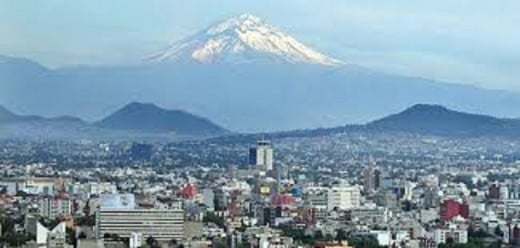
The Fall of the Spanish Colonial Rule
The people of New Spain declared independence from their colonial masters in 1810. This lead to conflict between the revolutionaries and colonial Spanish forces, it was not until the "Treaty of Córdoba", which recognized the independence of Mexico in 1821.
This newly independent Mexico did not settle into a stable society with their Declaration of Independence. For the next 100 years, Mexico suffered from internal political and social upheaval, coups, assassinations and the Mexican-US War between 1846-1848. This defeat saw Mexico cede vast tracks of land to its continental neighbour.
Large tracts of land such as New Mexico and parts of Arizona joined the United States of America. The USA had annexed the independent Republic of Texas a decade earlier after Texas and two other Mexican states split from the Union. Mexico came under the control of the French in the late 19th century but this second wave of colonialism was fortunately short lived.
The revolutionary spirit of the Mexicans guaranteed that they would manage their own affairs. The Catholic elite initially welcomed the French military expedition but they soon choose nationalism over subservience to a fellow Catholic state, whose home was on a different continent altogether.
Conflict With the United States of America
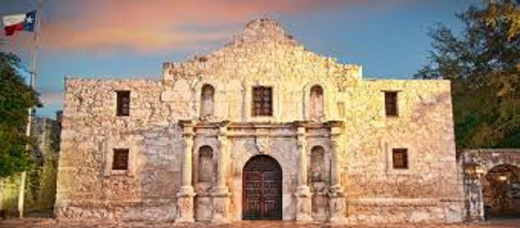
An Important Mexican Leader
General Diaz took control of Mexico on two separate occasions and gave Mexico some much-needed stability. Diaz was able to turnaround and fight against a lot of the social and economic inequality that Mexico suffered under. Thanks to the General, Mexico was slowly becoming a more civilized, settled and advanced nation.
There was still a lot to divide the country but Diaz maintained social order. Diaz resigned from office over electoral fraud in 1911 and until 1917, the country fell into all-consuming anarchy.
In 1917 a new revolutionary constitution was agreed upon. Mexico's fortunes varied until the 1940s. The Oil industry was responsible for a major economic growth for Mexico and this lasted until the 1980s.
The country soon fell into recession and by 1994, Mexico's economy had collapsed and the United States bailed the country out.
Even today, Mexico continues to have a big gap between its rich and poor. There is a constant battle for the heart and soul of Mexico. Currently, the sway and strength of the Catholic Church are useful in the continuation of Mexican family values and character. But organised crime fuelled by a lucrative drugs trade has damaged the reputation of a nation that borders one of the richest countries in the world.
The Modern Flag of Mexico
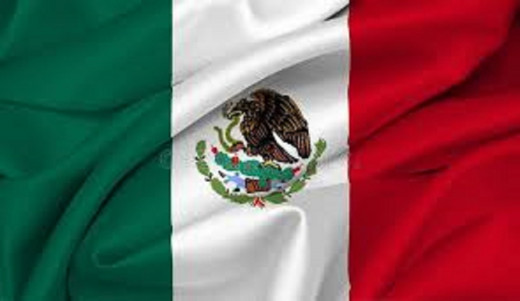
Related topics
- Spanish Treasure and the Spanish Main
The Spanish main consisted of Spain's territories in Florida, Mexico, Trinidad, Cuba and other Caribbean islands. The wealth generated from these settlements created great wealth for the Hapsburg and Bourbon... - Hernan Cortes- Conquest of Mexico
There is still a lot of stigma and controversy attached to the life and legacy of Hernan Corts. And much that has been written of him has a definite pro or anti Spanish edge, which questions the reliability...
This content is accurate and true to the best of the author’s knowledge and is not meant to substitute for formal and individualized advice from a qualified professional.
© 2010 Andrew Stewart



